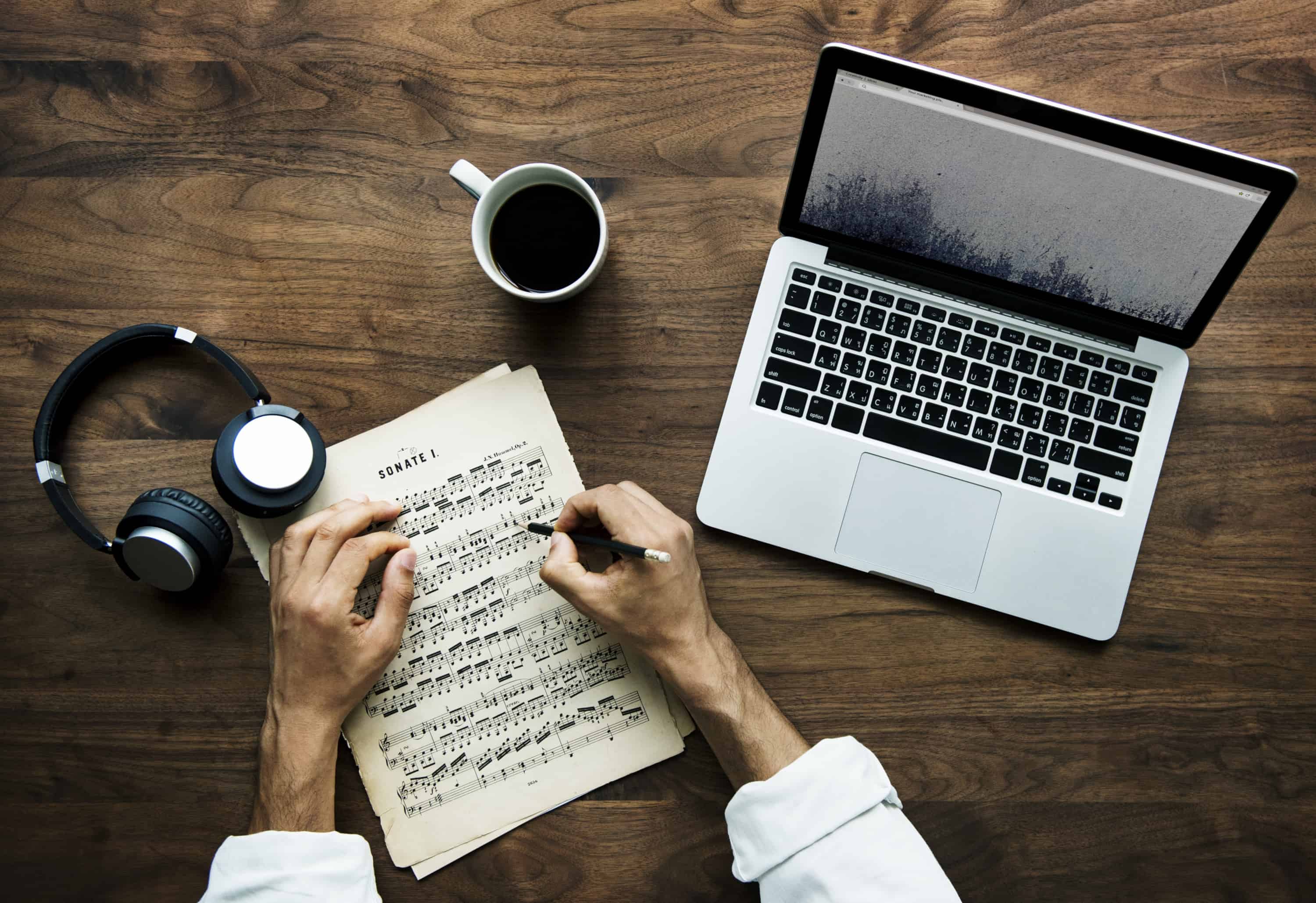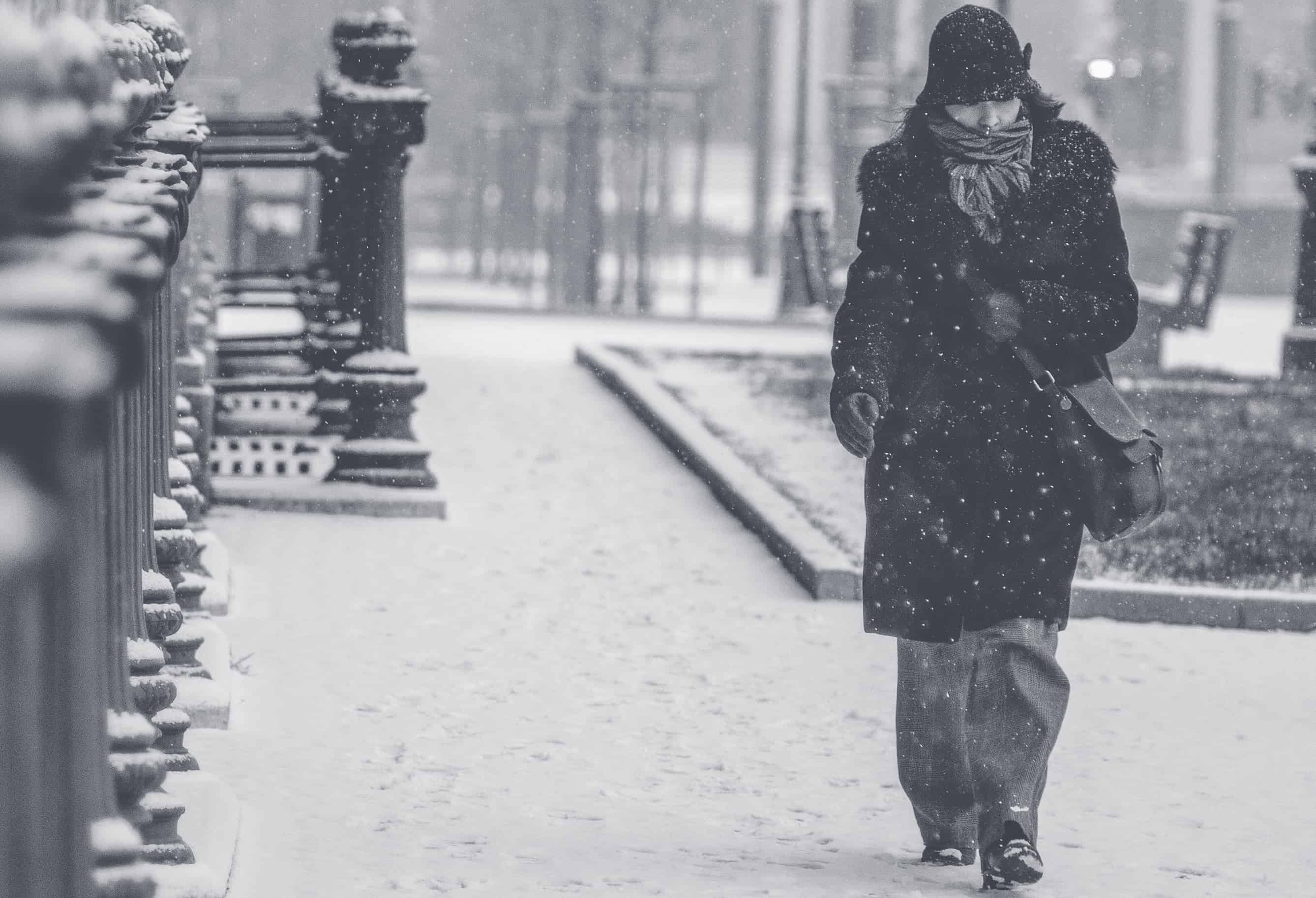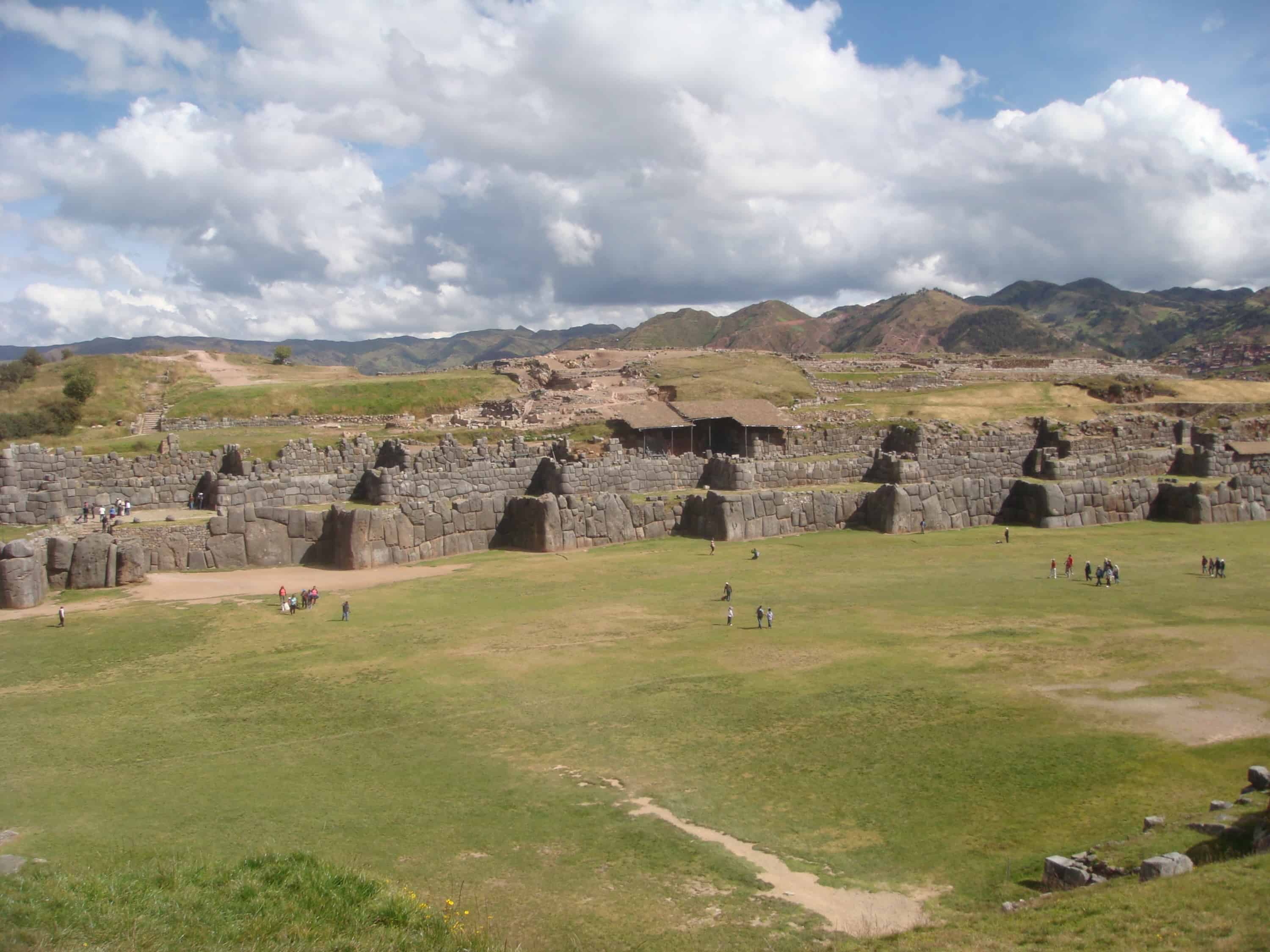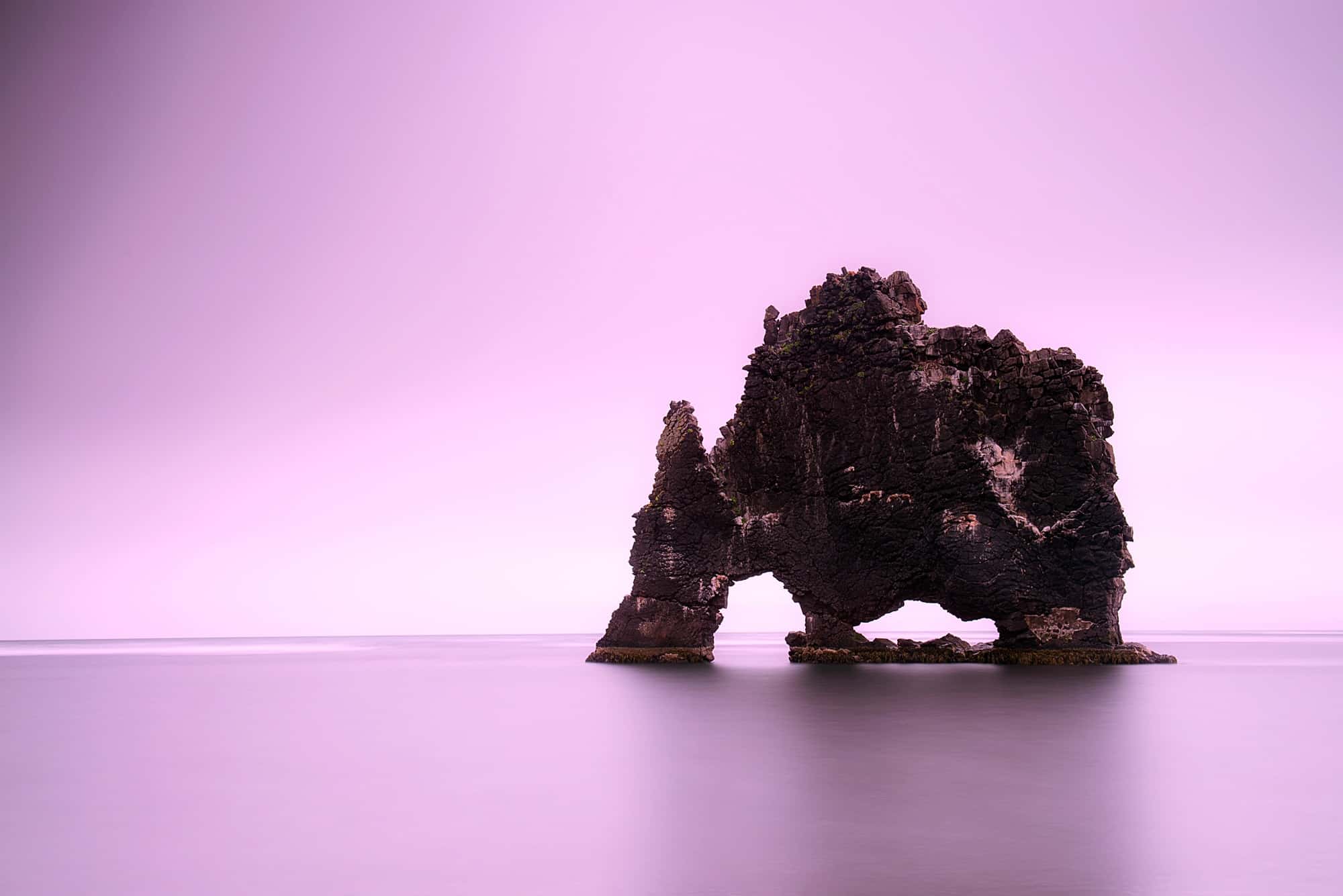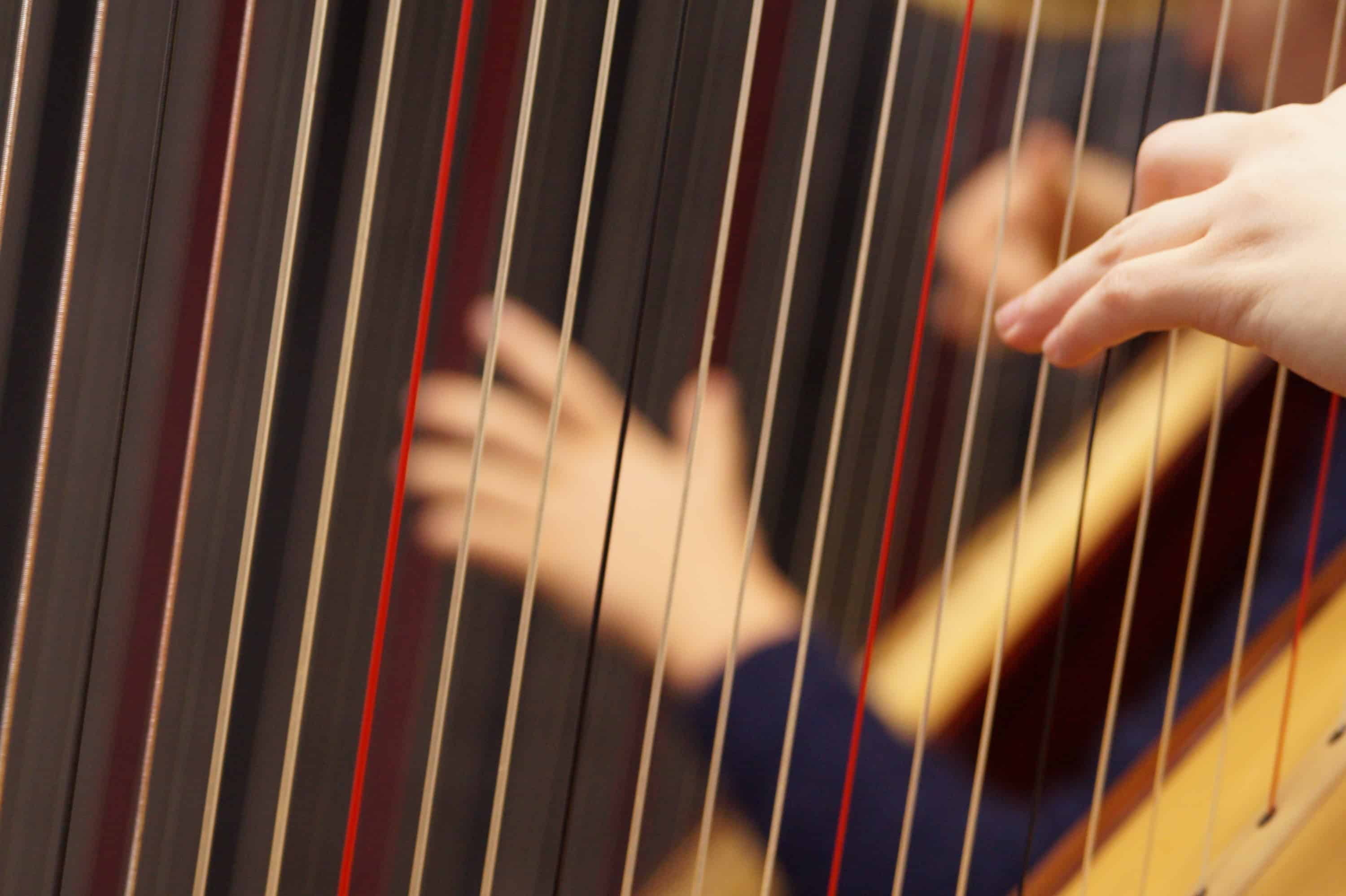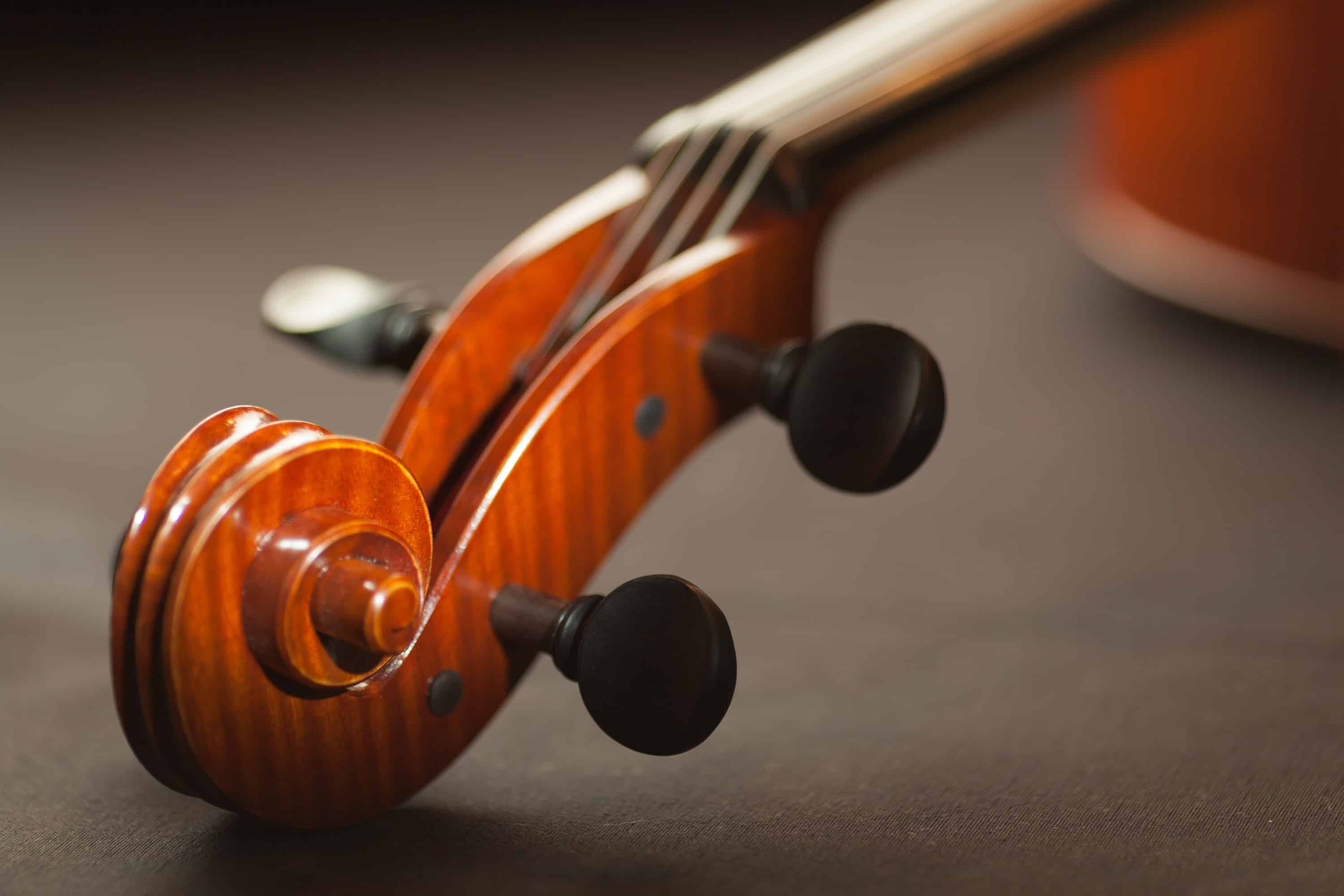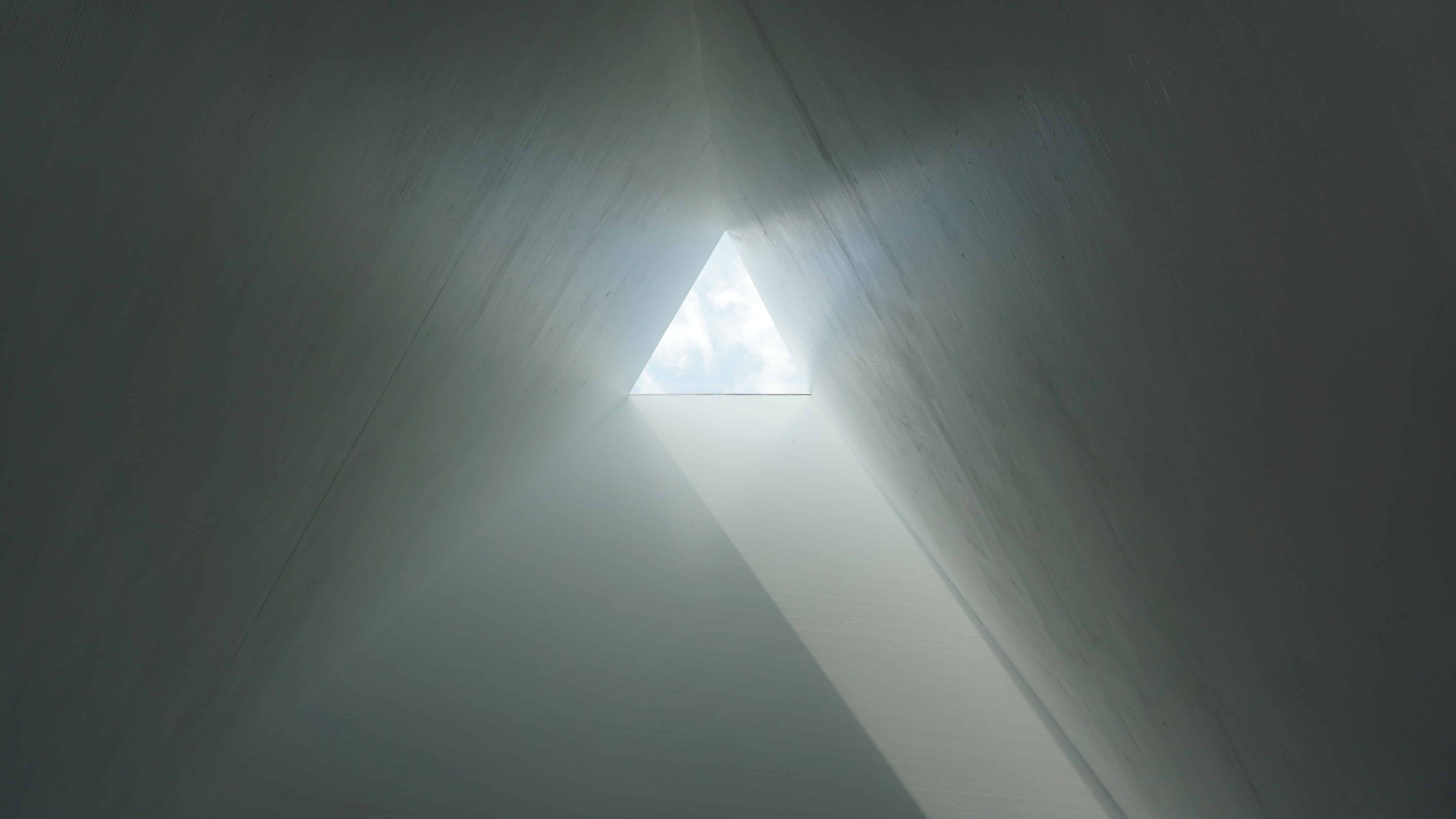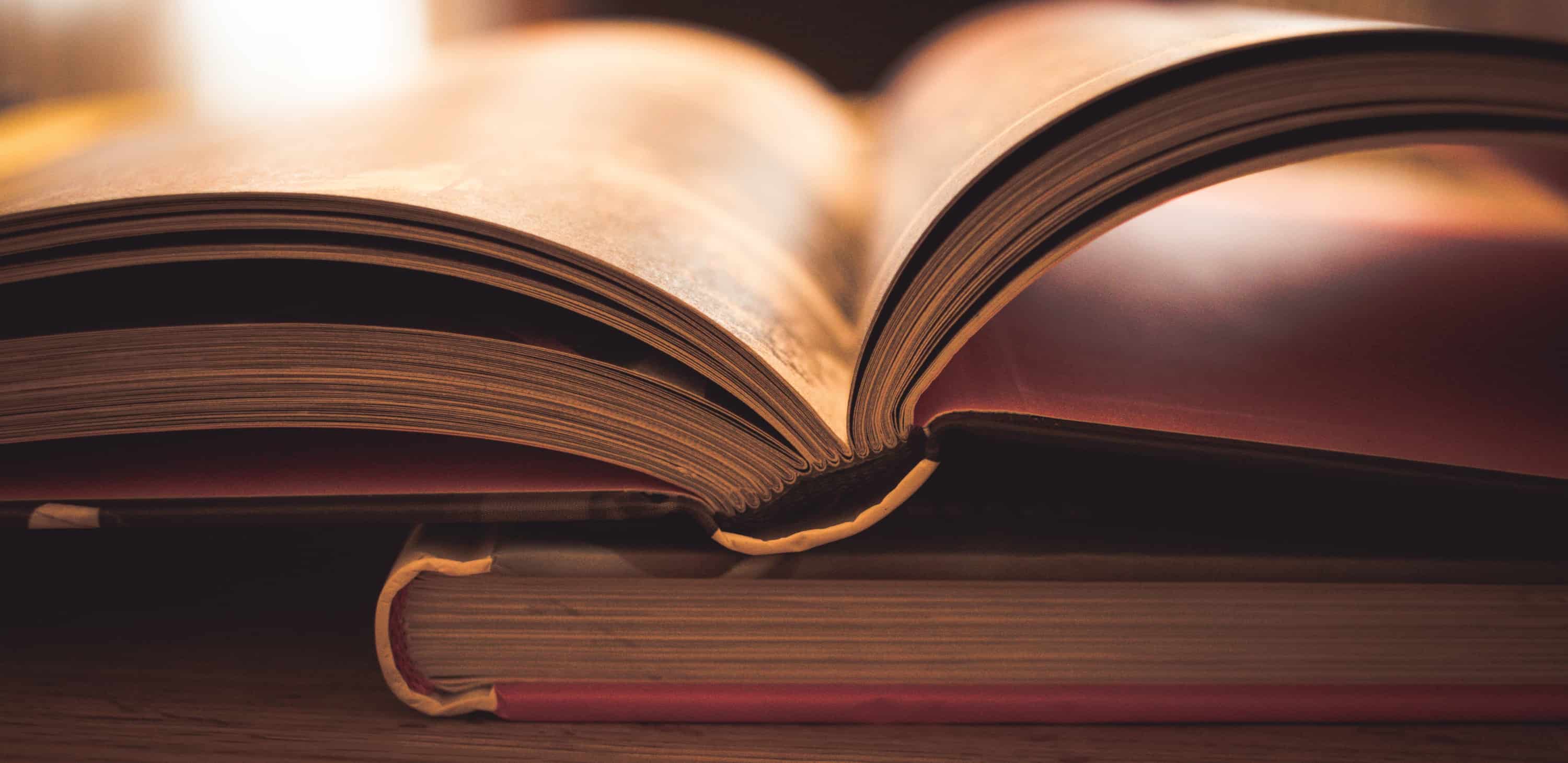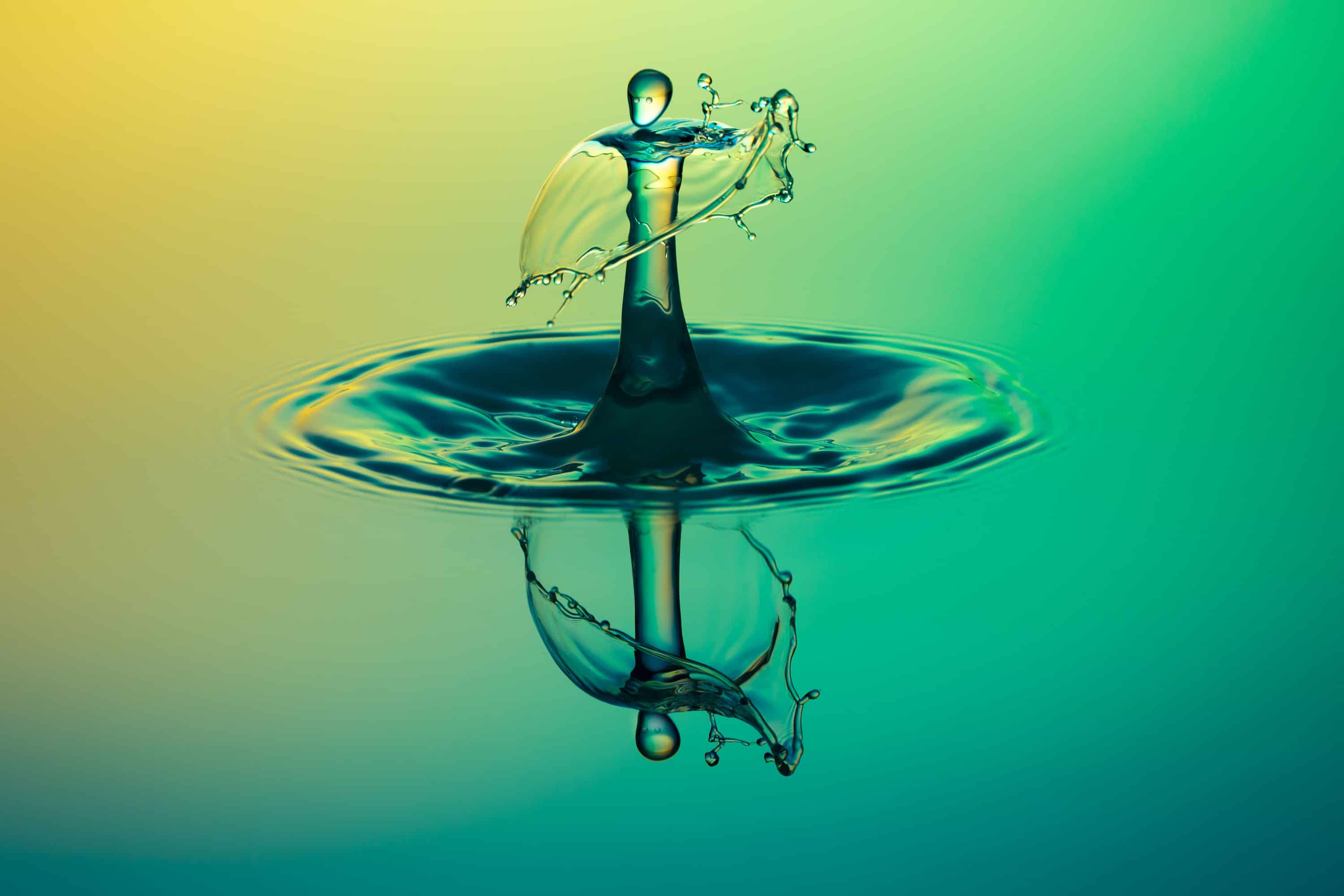Electroacoustic Composition 15
Rotations and Resonances Triptych (Part Three) (2012/15)
Single movement of continuous sound for fixed concrete media (loudspeakers)
This is a single source, single movement acousmatic composition of continuous sound, crescendo and release realised in the composer’s home studio during 2015 from primary audio recorded during 2012 and composed around the ‘block-form’ segments of triggered concrete sound used for the electroacoustic version (Rotations and Resonances for amplified string quartet).
As the title suggests, this is the third part in a triptych comprising an acoustic score for string quartet, an electroacoustic work for string quartet and multimedia, and this acousmatic version edited, arranged and mastered exclusively for loudspeakers.
The triptych utilises rhythmic rotations and sonorous heterodyning resonances as fundamental compositional units. The rotations (varied repetition, loop-cycles and self-similar replication) shape and manipulate the form, pacing, density and intensity throughout in multiple strata of vertical timbral variety.
Resonances are mostly heard in a linear fashion within the bass frequencies, but overlap and interact across registers to produce heterodyning frequencies (sympathetic harmony).
With the additional complexities of amplified live resonances and real-time interaction with the musicians and tape taken out of the equation, the composer found most of the tension from the electroacoustic version of this piece was almost immediately alleviated and the atmosphere of the acousmatic soundworld was left quite radically transformed.
This fundamental change in ambient character was further emphasised during final realisation of this acousmatic version during 2015, primarily through the softening of dynamic contours, the addition of more complimentary ‘front-line’ sounds and subtle textural activity to replace the ‘spaces left behind’ by the absence of the live string quartet. This additional textural activity also served an important function as through-composed chains, links and transitions within the now continuous and fluidic macro form and sonic journey.
Brief Synopsis and Elements of Analysis:
Rotations and Resonances Triptych – Part Three (Acousmatic) explores chains of linear rhythmic rotations in symbiotic dynamic evolution (and devolution) within an immersive and cohesive soundworld of vertical textures, meta-timbres, composite sounds and warm resonant ambiences – a steam sauna for the ear !
The movement drifts in from silence to a multi-textural and emotionally non-specific soundscape that serves as a type of sonic exposition introducing the primary material (timbral palette) to be explored. By the end of the first minute a far more specific emotional character and rhythmic momentum is established and the ‘journey’ begins . . .
The general philosophy of musical form is one of goal; increasing intensity and momentum composed around vertical waves of texture, and linear envelopes of dynamic growth and diminuendo.
The literal form is divided into four (overlapping) parts, which can (with a little over simplicity) be listed as:
- 0’ 00” – 4’ 04”: Prelude – Exposition, Development and Crescendo – Coda
- 3’ 32” – 6’ 52”: Prelude – Exposition, Development and Crescendo – Coda
- 6’ 16” – 8’ 50”: Prelude – Exposition, Development and Crescendo – Coda
- 8’ 26” – 12’00”: Prelude – Exposition, Development, Crescendo and Finale …
The Codas for sections A, B and C overlap with the Preludes from Sections B, C and D. These linear links (or transitions) in musical form interact in a kind of timbral sfumato to move imperceptibly between different sonic palettes, soundscapes and emotional environments, and, as a form of textural chiaroscuro to navigate through and (again imperceptibly) blend between different primary materials (musical/sonic subjects).
Section C is perhaps the most static of the four sections, and releases the majority of the tension accumulated from the first half of the piece in preparation for the psychologically focussed and emotionally shaped ‘extended finale’ feel of section 4.
The sounds themselves (the essential micro units of the perceived macro form) have all the digital clarity expected from 21st century acousmatic composition, but the sound palette generally retains the original organic resonances and inherent natural aesthetics of the raw audio. One doubts many listeners would immediately recognise the sounds as being produced exclusively from a violin, but the sonic events (and resulting soundworlds) do not seem synthetic to the ear, rather, they clearly retain their authentic acoustic character and ethereal organic nature: Another time . . . another place . . . another . . .
Analogue Diffusion:
The acousmatic studio master was conceived (and mastered) for multiple stereo-pair analogue diffusion (surround sound), with additional summated (central) mono and sub-bass (LFE) files.
Acknowledgement:
Thanks go to violinist-musicologist (and friend) Dr Alberto Sanna, for recording the primary audio from which the concrete parts were composed.

